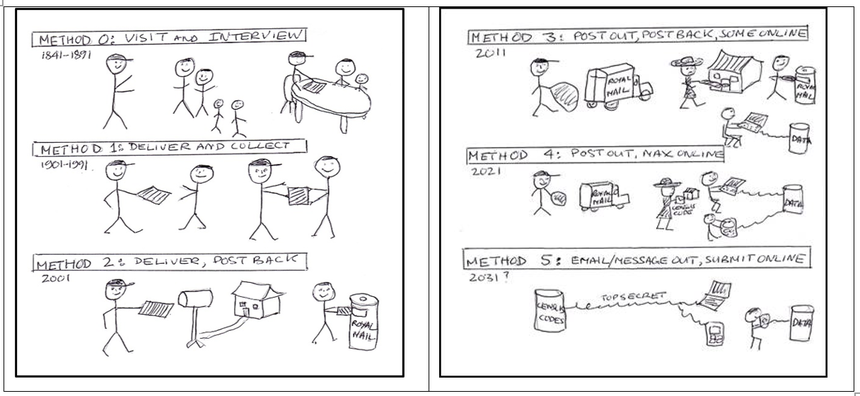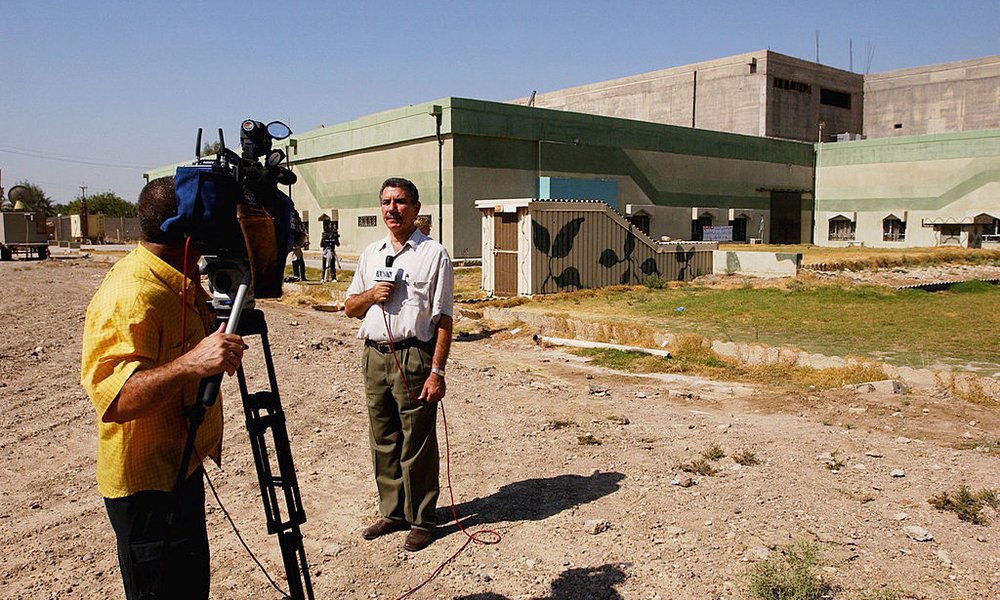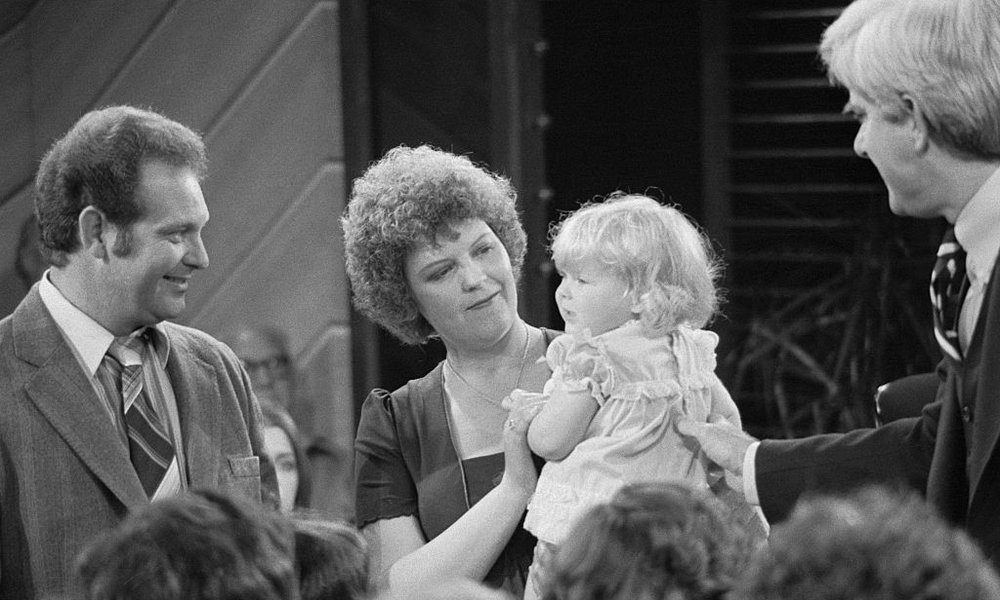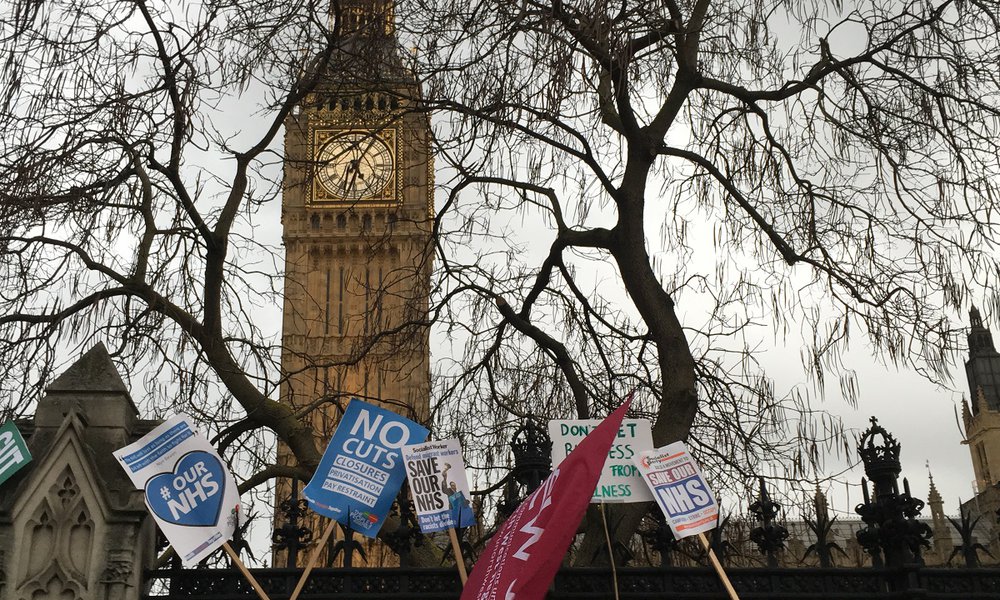The census of population and housing: past, present and future
19 Mar 2021

In March 2021, households in England, Wales and Northern Ireland received instructions in the mail from the National Statistical Offices on how to complete “Census 2021”. Scotland has decided to hold its census in March 2022, because of concerns about COVID-19 infections. This blog provides background on how the census has been administered, processed and used, since the first “modern” UK census in 1841. Acts of Parliament in 1920 and 2000 require all residents in the United Kingdom to complete a return. The purpose of the census is to collect information on a range of demographic, social and economic topics and publish derived statistics for use universally. The unique feature of a census is that it publishes data for all small areas in the country across a wide range of topics.
Censuses and registers
Censuses began about 6,000 years ago (BP) with a count of people in ancient Babylonia. Early censuses were also organised by the Chinese, Egyptian, Greek and Roman civilisations. “Census” is a Latin word, defined in the Langenscheidt Shorter Latin Dictionary as “a registering of citizens and property” and linked to the Latin censeo, meaning to tax or value people and their property. “Census” and “register” are used interchangeably in these definitions, but in the past 200 years, the terms have acquired separate meanings. A census is an enumeration and description of the population and residences at regular intervals.
The individual person and household details are regarded as strictly confidential, revealed for historical and genealogical research only after 100 years.
A register is a continuous recording of events that impact people or organisations. Examples are the register of births and the register of deaths. Both are used for demographic purposes, but are also available to families and individuals for administrative purposes.
Many European countries, though not the UK, maintain continuous population registers which record current addresses and other information on people. The National Health Service patient register could be extended to constitute a population register. However, British Parliaments have never assented to the creation of a population register since first being asked in the mid 18th century, except during the Second World War. Censuses guarantee the confidentiality of the information supplied while registers make some information for named individuals available. The British public and its Members of Parliament have preferred the former arrangement to date, despite the self-publication of more intimate information by the public on social media.
How has census information been collected?
The cartoons below, from a 2018 lecture I gave to a visiting delegation of Chinese census statisticians, show how collection methods have changed. Between 1841 and 1891, census information was gathered from households by an official enumerator employed for a few weeks by the census office (Method 0). The enumerator asked the questions, the householders responded and the enumerator wrote down the answers. When most people were illiterate, this method was necessary and is still used, for example, in India. By 1901, UK Registrar-Generals were confident that most households had someone who could write in the answers on the census form. So, between 1901 and 1991, enumerators delivered forms and later returned to household addresses to collect them (Method 1). Note that enumerators were required to find and record all residential properties in an assigned enumeration district, including vacant dwellings.

Because deliver and collect was a labour-intensive process, the census offices sought a cheaper method. In 2001 a contract was arranged with the Royal Mail to handle the mail back of completed forms (Method 2). This innovation was so enthusiastically adopted by householders that post boxes overflowed and Royal Mail and the enumerators had to rescue forms from the street near to the post boxes.
In all censuses there is the possibility of undercount, which can occur as a result of failure to answer questions or because census forms were not submitted. To deal with the first problem, techniques of “item imputation” have been developed over the 20th century. In planning the 2001 census, a major effort was made to deal with the growing problem of households or individuals within households who did not complete their census return. Advised closely by Professor Sir Ian Diamond FBA (the current National Statistician), the Office for National Statistics developed a capture/recapture method to fill the gaps. An essential input to this method was a large independent post-census coverage survey. At a Parliamentary Committee hearing on the 2001 census, the then Director of the Census and myself, as Convenor of the Census Programme of the then Economic and Social Research Council (ESRC) were asked about the undercount. As we disagreed about the percentage of data which had to be imputed, we were asked to confer and supply a Census Office/ESRC agreed answer. We agreed that about 10 per cent of the data points (household-question combinations) in the final returns were imputed, with about five per cent necessary because of missing items within returned census forms and five per cent due to missing households and missing people within households.
For the 2011 census, in a further drive to reduce costs, Royal Mail were contracted to deliver the census forms to households (Method 3). This required substantial work by the census offices and partners organisations such as Ordnance Survey and the Local Government Association to develop an up-to-date address register. A second innovation was to design a system for householders to complete their census return online. This had been pioneered in other countries such as Canada with some success. In the UK, 16 per cent of responses were delivered online during the 2011 census.
Online completions were not only returned more quickly but also turned out to generate better quality information than the paper forms.
Another advantage of online returns was that the householder gladly bore the cost of data input – converting the answers into digital form. Paper forms needed to be processed using industrial scanners and optical character recognition software, expensively contracted to the American defence industry firm Lockheed Martin.
The 2021 Census has been designed to encourage the maximum online response (Method 4). There is still a mailout to householders, but the contents consist of two sheets of paper: a covering letter from the National Statistician which contains the unique household code to enter after accessing the census website and a leaflet on how to get help or a paper form. The online form is easy to complete in “around ten minutes per person”. Other government online services could learn from the design work of the Office for National Statistics.
The future of the census
The cartoon of collection methods includes a final example of the 2031 census. In this sketch (Method 5), the mail out of letter and leaflet is replaced by emailing or texting the information, so the communication channels become fully digital. However, compiling a register of email names/social media names would be fraught with technical and legal difficulties and maybe a “bridge too far”.
The other possibility might be the replacement of the census with an administrative database merging information already collected by government, supplemented by a large household survey. This is a project that the Office for National Statistics initiated after the 2011 census, but in recent years it seems to have slipped off the agenda. This is a pity because Nordic countries, most prominently Finland, have shown how to link administrative registers together to create a continuous database of census-like information on the national population. The census then becomes an annual event: the publication of the statistics using suitable software for statistical tabulation.
There is a story to be told about the development of outputs from the censuses of the UK, equivalent to the account of census collection methods in this blog. However, space limits mean that you will need to refer elsewhere for that story. Four examples are referenced below. Ratcliffe (1996) provides an edited volume of papers focused on a new variable, ethnicity, introduced in the 1991 census. Dorling and Thomas (2004) construct an atlas of innovative maps covering most 2001 Census variables. Rees, Martin, and Williamson (2002) describe the outputs of the 2001 census and how they were developed by a successful alliance of user organisations and census offices. Stillwell (2018) describes the outputs of the 2011 census, and provides a rich collection of research studies which make intensive use of census data. We can be proud how extensive and accessible census statistics for the UK are. I hope when you have the opportunity, you will take part in the census. It really does take only 10 minutes.
Philip Rees is Emeritus Professor of Population Geography at the University of Leeds. He was elected a Fellow of the British Academy in 1998.
Further reading
Dorling, D. and Thomas, B. (2004) People and Places: A 2001 Census Atlas of the UK. Bristol: The Policy Press.
Ratcliffe. P. (ed.) (1996) Ethnicity in the 1991 Census: Volume Three. Social Geography and Ethnicity in Britain: Geographical Spread, Spatial Concentration and Internal Migration. London: HMSO for Office for National Statistics.
Rees, P., Martin, D. and Williamson, P. (ed.) (2002) The Census Data System. Chichester: John Wiley.
Stillwell, J. (ed.) (2018)The Routledge Handbook of Census Resources, Methods and Applications: Unlocking the 2011 Census. London: Routledge.


